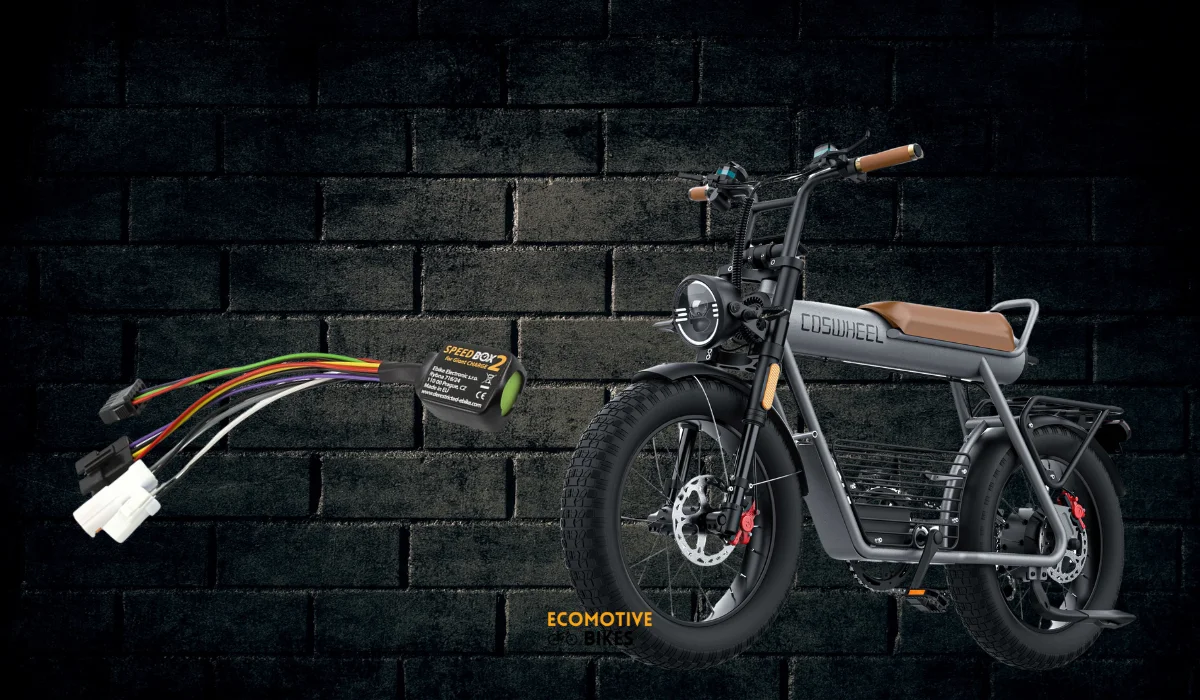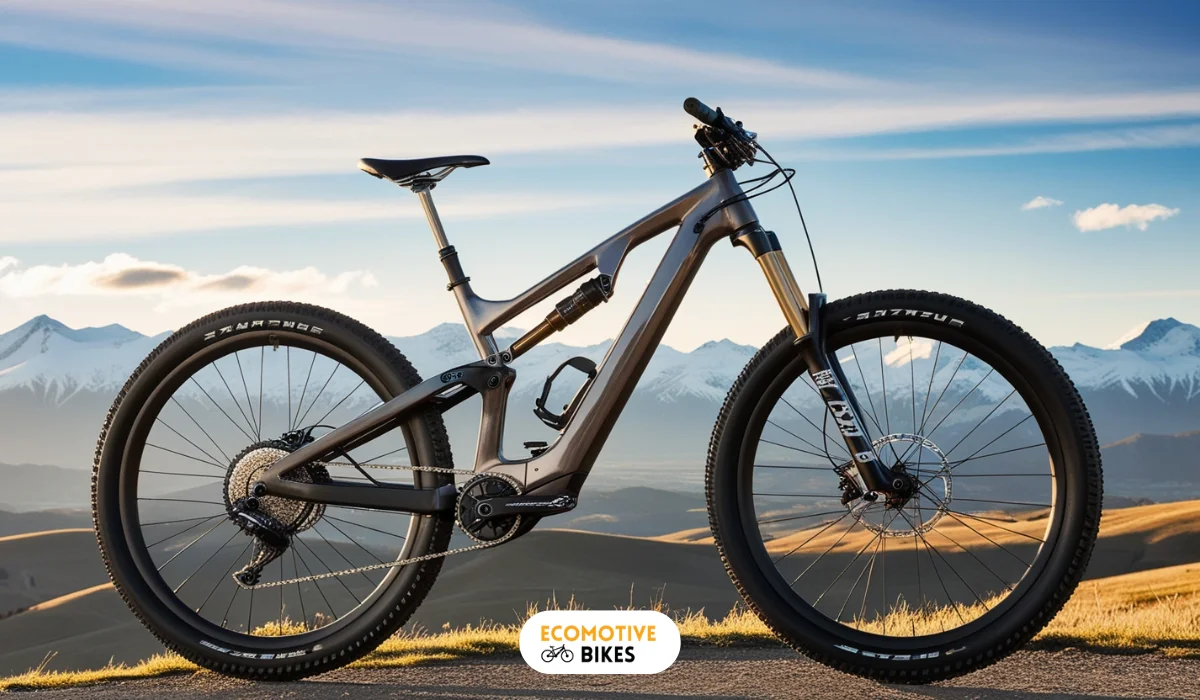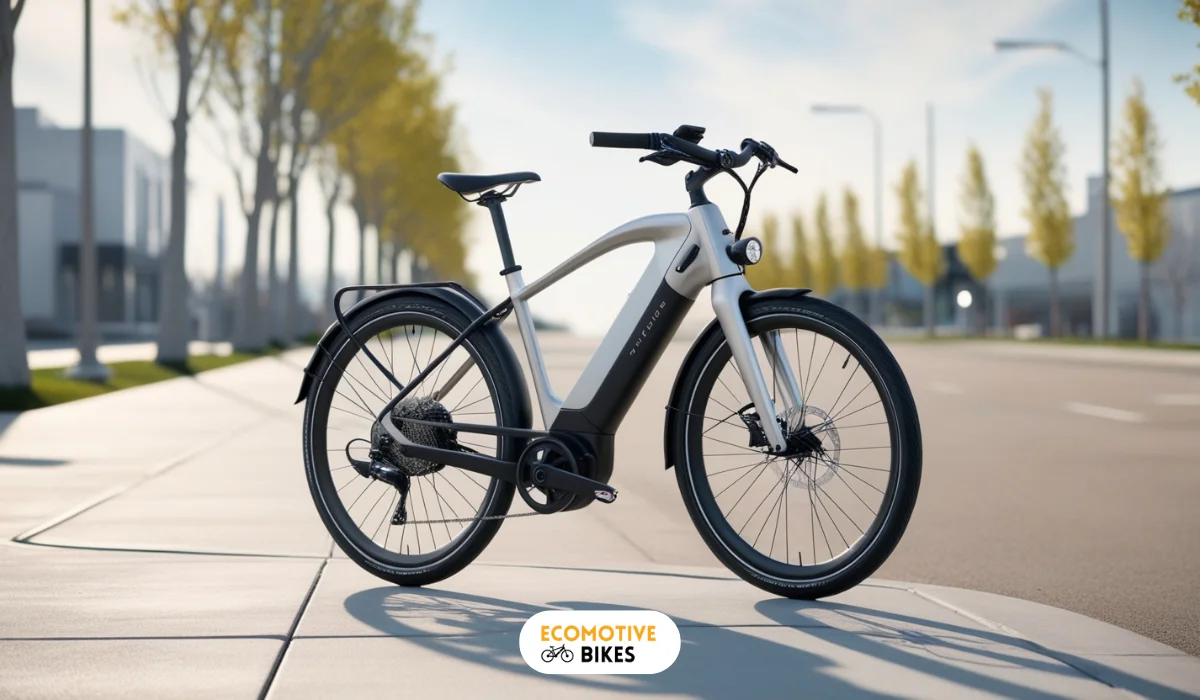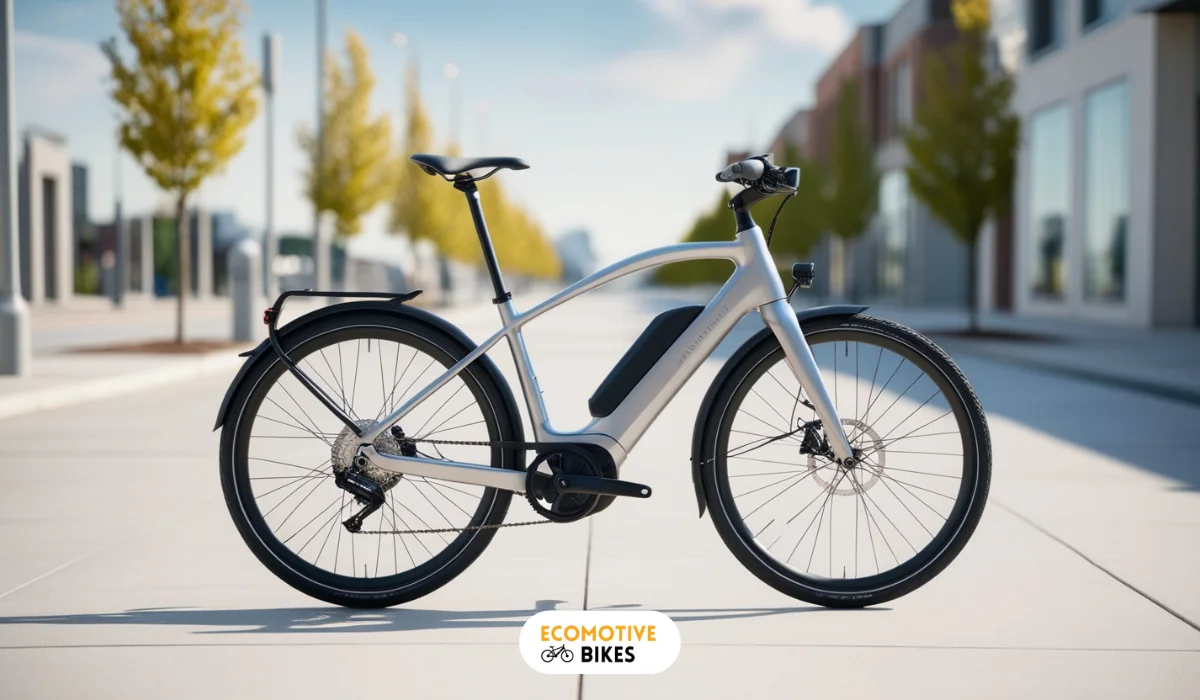How to Remove Speed Limiter on Electric Bike: Step-by-Step Guide
Learn how to remove speed limiter on electric bike safely and effectively. Follow this detailed guide to unlock your e-bike's full potential.
Table of Contents
Related Articles:
Is your electric bike holding you back? Are you itching to unlock its full-speed potential? You’re not alone. Many e-bike owners seek to remove the speed limiter for a more exhilarating ride.
As an e-bike expert, I put forth how to remove speed limiter on electric bike, exploring different methods to bypass those pesky restrictions. Let’s get you up to speed!
The benefits of removing the speed limiter on an electric bike
Removal of the speed limiter can significantly enhance your riding experience. Let’s explore the advantages and considerations involved in this modification.
- Enhanced performance and speed: One of the primary reasons to remove a speed limiter is to unlock your e-bike’s full potential. Bypassing these restrictions, you can enjoy higher speeds, quicker acceleration, and improved overall performance. This is especially beneficial for riders who crave a more thrilling and dynamic riding experience.
- Personalized riding experience: Removal of the speed limiter allows experienced riders to tailor their e-bike’s performance to their specific preferences. Whether you’re a speed enthusiast or someone who simply wants more control over your bike’s capabilities, removing the limiter can provide a more personalized riding experience.
- Range considerations: While increased speed can be exhilarating, it’s important to consider the impact on your e-bike’s range. Higher speeds consume more battery power, potentially reducing the distance you can travel on a single charge. Balancing speed with range is crucial for optimizing your riding experience.

Why remove the speed limiter?
The allure of higher speeds and enhanced performance often drives e-bike owners to consider removing the speed limiter. By bypassing this restriction, riders can potentially experience:
- Increased speed: This is the most obvious benefit, allowing for quicker journeys and a more exhilarating ride.
- Improved acceleration: Removing the limiter can lead to faster pick-up, enhancing the overall riding experience.
- Customization: Some riders enjoy modifying their bikes to suit their specific preferences.
However, it’s crucial to weigh these potential benefits against the following drawbacks:
- Safety risks: Higher speeds can significantly increase the risk of accidents, especially in urban environments.
- Legal implications: Removing the speed limiter might violate local traffic laws, resulting in fines or legal repercussions.
- Warranty void: Modifications often void the bike’s warranty, leaving you responsible for repairs.
- Component stress: Exceeding the designed speed can put additional strain on the e-bike’s components, reducing their lifespan.
Tools and equipment required to remove an e-bike speed limiter
Removing an e-bike speed limiter requires the right tools, equipment, and safety measures to ensure a successful and risk-free process.
- Necessary tools and equipment: The specific tools required will depend on your e-bike’s make and model. However, a basic toolkit may include:
- Diagnostic tools
- Screwdrivers
- Pliers
- Other specialized tools as needed
Having all necessary tools readily available before starting the process is crucial to avoid interruptions and potential damage.
- Prioritize safety: Safety should be your top priority throughout the process. Essential safety measures include:
- Wear protective gloves and eyewear
- Disconnect the bike’s battery
- Carefully handling tools to prevent injuries
By following these guidelines, you can significantly reduce the risk of accidents.
- Software and programming interfaces: In addition to physical tools, some e-bike speed limiters may require software-based adjustments. This often involves:
- Diagnostic software specific to your e-bike’s motor (e.g., Bosch Diagnostic Tool)
- Access to the bike’s controller settings (e.g., Bafang motors)
Properly using this software is essential for safely modifying the speed limiter settings.
Remember, attempting to remove or modify your e-bike’s speed limiter may void your warranty and could be illegal in certain jurisdictions. Proceed with caution and ensure compliance with local regulations.
Safety Precautions during the process
Modifying an electric bike’s speed limiter requires a cautious and methodical approach like risk assessment and management. After all, prioritizing safety is paramount to prevent accidents, injuries, and damage to the bike. Here is how to do it.
- Risk assessment: Removing an e-bike’s speed limiter significantly increases potential risks.
- Legal implications: Removing the speed limiter may violate local traffic laws, leading to fines or legal issues.
- Safety hazards: Increased speed can compromise braking and handling, increasing accident risk.
- Component strain: Higher speeds can cause premature wear on motor, battery, and brakes.
- Warranty void: Modifications might void the bike’s warranty, leaving you responsible for repairs.
- Personal skill: Evaluate your riding experience and skill level to determine if you can safely handle increased speed.
- Safety precautions: To minimize risks, adhere to the following safety precautions:
- Personal Protective Equipment (PPE): Wear appropriate safety gear, including gloves and eye protection.
- Work environment: Ensure a clean, well-lit workspace to reduce the likelihood of accidents.
- Power isolation: Always disconnect the bike’s battery before commencing any work to prevent electrical shocks.
- Technical knowledge: Possess a thorough understanding of the e-bike’s components and electrical systems.
- Professional assistance: If unsure about any aspect of the modification, consult a qualified bicycle technician.
Adherence to these safety protocols, individuals can significantly reduce the potential hazards associated with removing an e-bike speed limiter.
How to remove speed limiter on electric bike?: Step-by-step guide
Disclaimer: This information is provided for informational purposes only and does not constitute professional advice. Modifying an e-bike can be dangerous and may void your warranty. Always prioritize safety and legality.
Here is a detailed video guide that you can follow to remove speed limiter:
Here are some simple removal steps that may vary between different makes and models of e-bikes:
- Modify or remove a speed limiter: To modify or remove the speed limiter on your e-bike, you’ll typically need to access the bike’s controller. Here are general steps, but specifics vary by model:
- Power off: Make sure the bike is powered off and unplug the battery.
- Access the electronic controls: Open the e-bike controller box, usually located on the bottom of the bike or near the battery.
- Identify the speed limiter: Locate the e-bike’s controller, often near the battery. The speed limiter may be part of the controller, or it may be a separate small device with several wires connected to it.
- For software-based limiters
- Access software: Use specialized software and tools to connect to the controller’s firmware.
- Modify parameters: Change the speed limit settings within the software. This might involve adjusting specific values or disabling the limiter altogether.
- For physical limiters
- Locate the component: Identify any physical components associated with the speed limiter, such as sensors or additional circuitry.
- Disconnect or modify: Carefully disconnect or modify these components to bypass the speed restriction. This might involve removing wires, resistors, or other hardware.
- Inspection and testing: Before riding your modified e-bike, it’s crucial to conduct thorough inspections and tests.
- Component verification: Double-check all connections, ensuring they are secure and properly tightened. Loose connections can lead to electrical issues or component failures.
- Functional testing: Recharge the battery and test the bike’s functionality in a safe, controlled environment. Pay attention to acceleration, braking, and overall performance.
- Safety checks: Verify that all safety features, such as lights and brakes, are operating correctly.
- Fine-tuning your e-bike: After removing or modifying the speed limiter, it’s essential to optimize your e-bike’s performance and safety:
- Adjust speed and acceleration: Experiment with different speed and acceleration settings to find your desired performance level. Be cautious as higher speeds can impact handling and braking.
- Enhanced braking system: Consider upgrading your braking system to handle the increased speed. Improved brakes will enhance safety and control.
- Important considerations:
- Technical expertise: Modifying electrical systems requires knowledge. Consult a professional if unsure.
- Backup: Create backups of original settings or firmware before making changes.
Alternative ways to increase ebike speed
While removing the speed limiter might be tempting, it’s often illegal and dangerous. Here are some legal and safe alternatives to boost your e-bike’s performance:
- Component upgrades
- Battery upgrade: A higher capacity or voltage battery can provide more power and potentially increase top speed. Ensure compatibility with your e-bike’s system.
- Motor upgrade: Replacing the motor with a more powerful model can significantly enhance acceleration and top speed. Compatibility and legal regulations must be considered.
- Tire optimization: Selecting tires with lower rolling resistance can improve speed. Slick or semi-slick tires are suitable for paved surfaces.
- Display settings: Some e-bikes allow adjustments to parameters like top speed and acceleration through the display. Check your bike’s manual for options.
- Aerodynamics: Optimize your riding position to reduce wind resistance. Consider using aerodynamic clothing and accessories.
- Pedaling technique: Improve your pedaling efficiency through practice and technique refinement.
- Local regulations: Always comply with local e-bike laws and speed limits.
- Safety: Prioritize safety by wearing appropriate gear and maintaining proper bike maintenance.
- Warranty: Modifying components might void your warranty.
By focusing on legal and safe methods, you can enhance your e-bike’s performance while minimizing risks.
Final Word: How to remove speed limiter on electric bike?
In a nutshell, removing a speed limiter might seem tempting, but it’s not all sunshine and rainbows. There are risks, like getting a ticket or wrecking your bike. While it may offer increased speed and performance, it’s crucial to weigh these benefits against the risks.
If you’re dead set on going faster, there are safer ways to do it, like upgrading your battery or motor. But hey, at the end of the day, it’s your bike and your call. Just be smart about it. Before removing the speed limiter check out what the law says about it!





